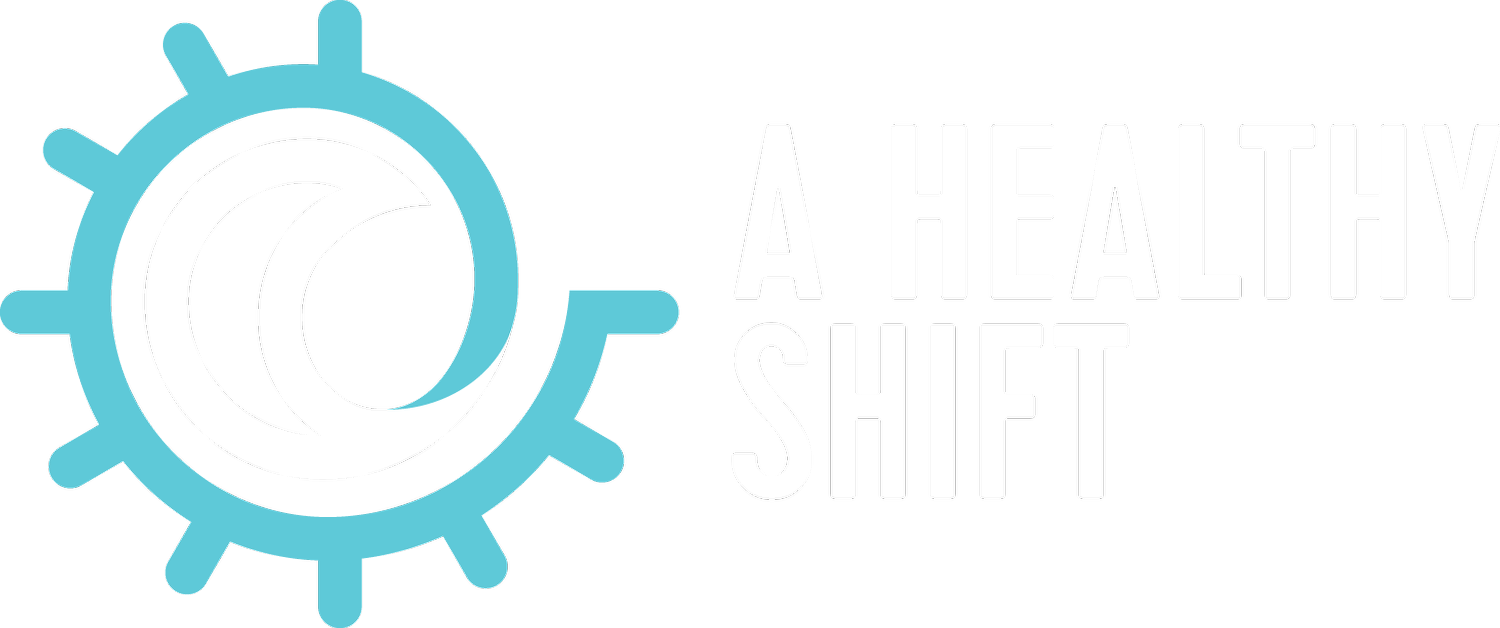Understanding the Two Sides of Your Autonomic Nervous System: A Survival Guide for Shift Workers and First Responders
As a frontline health or first responder, you are no stranger to stress. The beeping alarms, lights and sirens, split-second decisions, and the weight of life-and-death moments are part of the job description. But what happens when your nervous system stays in a constant state of alert?
Understanding how your autonomic nervous system works—and how to harness it to your advantage—is crucial if you want to thrive, not just survive, in a high-stress profession.
The Autonomic Nervous System: Two Sides of the Coin
Your autonomic nervous system is like a seesaw with two key players:
The Sympathetic Nervous System (SNS): The “fight, flight, or freeze” response, activated during emergencies. Think of it as your body’s internal alarm system.
The Parasympathetic Nervous System (PNS): The “rest, digest, and recover” system, responsible for calming you down and repairing your body.
Both systems are essential for survival, but the problem arises when your SNS becomes overactive and your PNS is underutilised. Shift workers and first responders often live with a highly activated amygdala—the emotional center of the brain that signals danger—even when the danger is long gone.
The Toll of Living in Overdrive
Chronic activation of your SNS puts your body in a state of hypervigilance. While this might help you respond quickly in emergencies, over time, it wreaks havoc on your health:
Cardiovascular Strain: Elevated heart rate and blood pressure increase your risk of heart disease.
Weakened Immunity: Constant cortisol release suppresses your immune system, leaving you vulnerable to illness.
Digestive Issues: Chronic stress shuts down “non-essential” functions like digestion, leading to issues such as bloating, constipation, or ulcers.
Burnout: The mental and emotional toll of living in a state of perpetual stress can leave you feeling exhausted, detached, and irritable.
Sleep Disruption: An overactive SNS makes it hard to wind down, leading to poor-quality sleep—an especially dangerous cycle for shift workers.
The Amygdala: Your Overzealous Alarm Bell
The amygdala’s job is to keep you safe by identifying threats. However, in shift work and first-response roles, it can go into overdrive, perceiving danger everywhere. Over time, this “always on” state rewires your brain, making it harder to calm down even when you’re off duty. This chronic state of stress is like having a fire alarm that never stops ringing—it’s exhausting and unsustainable.
The good news? You have the power to rewire your nervous system and return to a parasympathetic state.
The Importance of the Parasympathetic State
The parasympathetic state is where the magic happens. This is when your body repairs, restores, and rebalances. It’s not a luxury; it’s a necessity. Without regular access to this state, you’re essentially running on fumes.
When your PNS is active:
Your heart rate slows, and your blood pressure normalises.
Your digestion improves, allowing you to absorb nutrients more effectively.
Your body shifts into repair mode, healing injuries and activating your immune system.
You experience emotional calm and mental clarity.
In other words, returning to a parasympathetic state isn’t just about feeling good—it’s about survival in the long game.
Practical Strategies to Rebalance Your Nervous System
The transition from a highly activated SNS to a calm PNS state doesn’t happen automatically, especially for shift workers. It requires conscious effort and consistent practice. Here’s how you can make it happen:
Breathwork
Slow, intentional breathing is one of the quickest ways to activate your PNS. Try the 4-7-8 method: inhale for 4 counts, hold for 7, exhale for 8. Repeat for a few minutes to calm your nervous system.Mindful Movement
Activities like yoga, tai chi, or even gentle stretching signal to your body that it’s safe to relax.Grounding Techniques
Spend time in nature or practice grounding exercises, such as standing barefoot on grass or focusing on sensory details (e.g., what you can see, hear, feel).Limit Stimulants
Caffeine, energy drinks, and sugar can keep your SNS firing long after your shift ends. Be mindful of your intake, especially in the hours leading up to sleep.Prioritise Sleep Hygiene
Create a consistent wind-down routine that includes dim lighting, a cool bedroom, and no screens after sundown. Your PNS thrives on restorative sleep.Connect with Others
Emotional connection reduces stress and activates your PNS. Spend time with loved ones, join support groups, or talk to a trusted colleague.Practice Gratitude and Reflection
Journaling about positive moments or things you’re thankful for shifts your focus from stress to calm, engaging your PNS.Professional Support
Don’t hesitate to seek help from a therapist or counsellor trained in trauma and stress management. Sometimes, talking it out is the best reset button.
Making Recovery a Non-Negotiable Priority
It’s easy to think of self-care as a “nice to have” rather than a “need to have.” But here’s the reality: if you don’t prioritise recovery, your body will force you to—through burnout, illness, or worse.
The key to thriving as a shift worker or first responder is recognising the importance of balance. Yes, your SNS is crucial for responding to emergencies, but your PNS keeps you going in the long term. Integrating practices that promote a parasympathetic state into your daily life can safeguard your health, boost your resilience, and show up as your best self—for your job, your loved ones, and yourself.
So, ask yourself: are you willing to put as much energy into recovery as you do into responding? Your health depends on it.
About Roger Sutherland
As a coach and advocate for shift workers, my goal is to provide practical, evidence-based strategies that empower individuals to thrive in their roles. By understanding and addressing the challenges of shift work sleep disorder, shift workers can achieve better health outcomes and lead more fulfilling lives both on and off the job.
Note:
I also run Nutrition, Health & Wellbeing Seminars for shift working environments.




